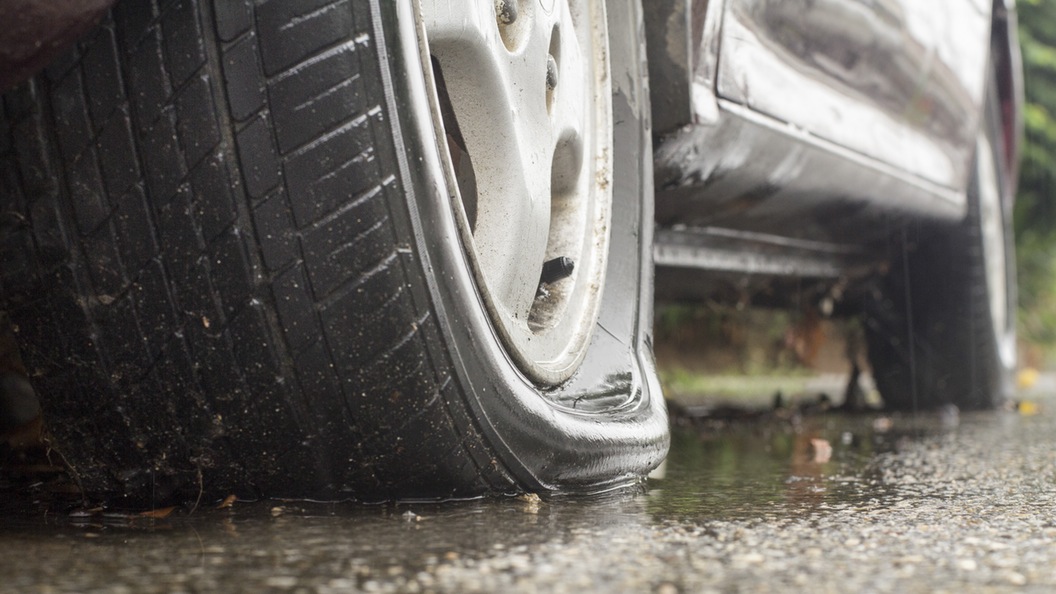Getting a flat tire might never be an entirely hassle-free
experience, but before too long it may no longer be necessary to
patch or replace punctured tires. Instead, thanks to research
currently being conducted in Europe, damaged tires could just be
left a few hours to heal on their own.
Currently, tires are manufactured using the curing process of
vulcanization – this involves adding sulfur or other compounds
to the rubber, boosting the finished product's durability by
forming cross-links between the polymer chains that make up the
material. Unfortunately, though, once those links are broken,
they can't be repaired.
A team of scientists from the Leibniz Institute for Polymer
Research (Germany), the Tampere University of Technology
(Finland) and the Dresden University of Technology (Germany) are
attempting to get around that limitation, by getting rid of the
vulcanization process altogether.
They've discovered that adding a carbon/nitrogen compound has
much the same effect, but additionally allows broken polymer
links to reform over time.
In lab tests, samples of rubber made using the process were able
to heal cuts in themselves at room temperature. Heating the
rubber to 212º F (100 ºC) for the first 10 minutes accelerated
the process. After a period of eight days, the healed pieces of
rubber were able to withstand pressures of up to 754 psi (52
bar) – far higher than any tire has to handle.
According to the researchers, the addition of reinforcing agents
such as silica or carbon black could boost the self-healing
rubber's strength even farther.
A paper on the research was recently published in the journal
ACS Applied Materials & Interfaces.
